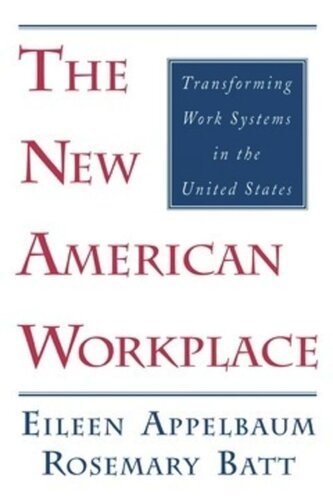

Most ebook files are in PDF format, so you can easily read them using various software such as Foxit Reader or directly on the Google Chrome browser.
Some ebook files are released by publishers in other formats such as .awz, .mobi, .epub, .fb2, etc. You may need to install specific software to read these formats on mobile/PC, such as Calibre.
Please read the tutorial at this link: https://ebookbell.com/faq
We offer FREE conversion to the popular formats you request; however, this may take some time. Therefore, right after payment, please email us, and we will try to provide the service as quickly as possible.
For some exceptional file formats or broken links (if any), please refrain from opening any disputes. Instead, email us first, and we will try to assist within a maximum of 6 hours.
EbookBell Team

5.0
18 reviewsDespite formidable obstacles, a small but growing number of U.S. companies rccognize that today's domestic and international markets require them to transform their production process. On the basis of more than ten years of survey data and the evidence of case studies, Eileen Appelbaum and Rosemary Batt analyze the experiences of these companies. Their findings reveal two distinct and coherent models of the new American workplace. One is an American version of team production, which combines the principles of sociotechnical systems with those of quality engineering and which decentralizes the management of work flow and decision making. The other is an American version of lean production, which relies more heavily on managerial and technical expertise, and on centralized coordination and decision making. The authors explain the organizational models from which high-performance firms in the United States have borrowed and outline the policies required to promote more widespread workplace change. They contend that U.S. firms can, in fact, compete successfully, while providing their workers with increased job security, livable wages, and enhanced job satisfaction. Certain to appeal to both union and business leaders, this volume also offers crucial insights to policy makers and to scholars of the new American workplace.